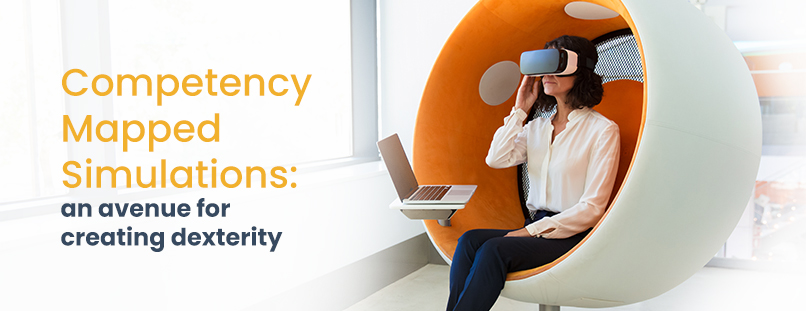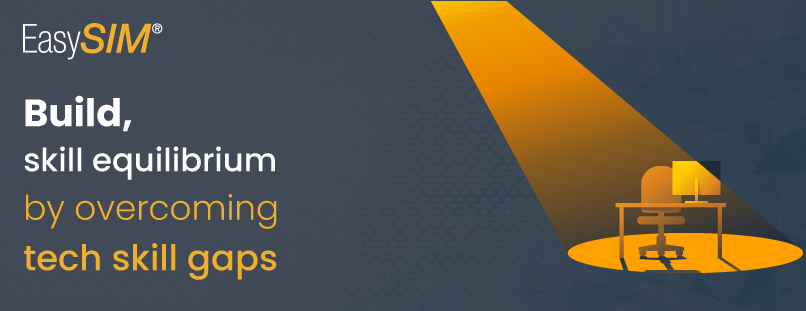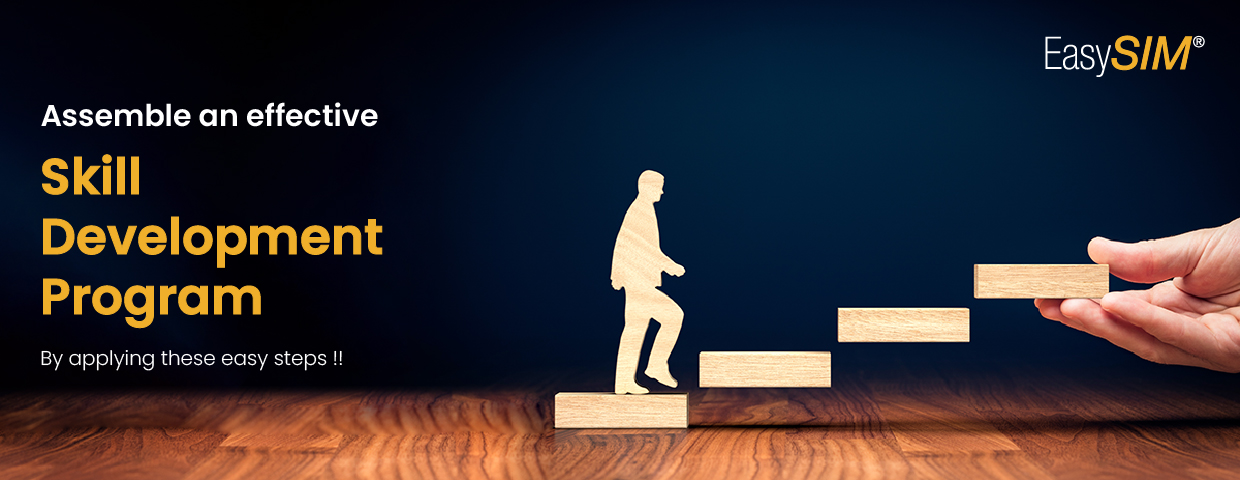“learning is not attained by chance, it must be sought for with ardor and attended to with diligence”- Abigail Adams
A congruent learning leads to the comprehensive development of an organization and it is attained by the expedient efforts in mapping and escalating the competency of the compeers. Now, as an L&D wizard, you must be pretty much habituated to the term competency, which is all about ability to do something efficiently. The competencies of a professional are procured by everlasting efforts in innovating, strategizing, making apt decisions ,maintaining healthy professional relations, building intelligence and emotional quotient and the like.
The very first prerequisite to enhance your competency is to know your existing competencies or expertise. Once these key skills or competencies are recognized, they are absorbed in the varied processes of an organization such as recruitments, learning and development, trainings being performed and so on. Nearly in every organization, an extensive procedure of competency mapping is carried out for the employees .
It becomes imperative upon every developing industry to augment the competency levels of its compeers by enhancing their knowledge, skills and attributes. It may be executed vis a’ vis or may be done technologically. Speaking in terms of technology, one of the progressive didactics is competency mapped simulations that is an amalgamation of imitation of the operation of a real-world process or system over time with the virtual tool that has an in-built competency mapping capacity. We should now be cognizant of the fact that “A simulation doesn’t train, it is the way simulations are build that yields results.” If the simulations are created in an effectual manner, they train the incumbents with a broader spectrum. Let’s dive into it!
What all to consider while designing competency mapped simulation?
What’s more important than the technology is how the educational pedagogy using that technology is applied and whether it increases training effectiveness incrementally or way beyond that. For that purpose, we speculate the undermentioned factors :

- Determining Training Needs – The training needs analysis pitch into diagnosing the existing competencies of the employees and thereby tuning their gaps as per the organizational targets. For this purpose ,several strategies are adopted such as drafting a questionnaire, conducting surveys ,scrutinizing the employees’ assignments and managing the appraisals. If the same is carried out in the form of simulations, it procures the greater merits like effective knowledge retention, low risk “safety” environment, instant feedback, time and cost efficiency. It also helps get real-time data and accentuates customized individual learning.
- Making SMART Training Objectives –The sole objective of a learner is to successfully accomplish the training. For attaining the same, the SMART (Specific, Measurable, Achievable, Relevant and Time framed) training objectives must be intimated to the trainees during the onset of the course. It acts as a great base in determining whether or to what degree trainees have achieved the training objectives. To excel in the instructional designing segment, making SMART Training Objectives is an asset. These important elements of instructional design have not been well addressed and have sometimes even been neglected in simulation-based courses. keeping the same elucidation in mind, goal oriented simulations must be designed. This would definitely ensure a creditable performance, encourage an upbeat leadership and elevate the morale of the employees.
- Determining the Training Method – This lap encompasses an assessment of the factor which confirms whether the simulation is compatible with achieving the training objectives or not. Considering the viability of the simulation, couple of points are to be determined such as the extent to which the simulation is realistic or true to life; Type of simulation designed (limited task, specific task etc.); Experience gained by the trainee which ascertains that he is engrossed throughout the training; Type of training media adopted such as exquisite infographics or videos or audios
- Designing the scenario –This is evident that scenario creation is crucial for optimizing the training value of individual exercises. The scenarios must be designed in a fashion that they evoke desired responses and create a persuasive specter of reality or life like pressures. Afterall, developing situations intended to challenge or test trainees can also be accomplished through scenarios.
- Validating the scenario- Once designed, an exercise scenario must be validated since it is necessary to avoid variations in the scenarios that could adversely affect training objectives or provide inaccurate information or insights and eventually land up into giving rise to human error during real operations. Thus, getting the simulation validated from the subject matter expert( SME) is vital to ensure the composition of the finest and flawless content.
- Tracking and evaluating the performance – The efficacy of the training program should be tracked and evaluated intermittently as a part of the instructional design process. To attain it in a lucrative manner, a smart strategy needs to be adopted which is consistent, conducive and comprehensive. Simulations incentivize it to a great length as they assess the skills that are central to the job while are strenuous when it comes to teaching one to one. The simulation based learning maps the competencies, tracks the refinement of the learner and thereby evaluates his refined expertise. Hence, it should be designed with an enormous vigilance.
What if the aforementioned attributes float in an unrivaled platform!! Definitely, that’s EasySIM, which encompasses a holistic and comprehensive personalized learning experience ,in the form of simulations creating a measurable business impact. The algorithm and workflow of EasySIM allows its simulators to map their competencies for different job roles or situations with a prowess. This platform uses a proprietary process to produce multi-competency-mapped linear and branched simulations. The platform has been designed using the Design Thinking Principles and presents a user-friendly intuitive interface that requires no technical background to design and develop fluidic responsive multimedia, multilanguage AI-enabled competency-mapped completely configurable simulations.
𝑯𝒂𝒑𝒑𝒚 𝒍𝒆𝒂𝒓𝒏𝒊𝒏𝒈 𝒘𝒊𝒕𝒉 𝑬𝒂𝒔𝒚𝑺𝑰𝑴!
Read More: Role of technology-induced training towards efficient competency building






























